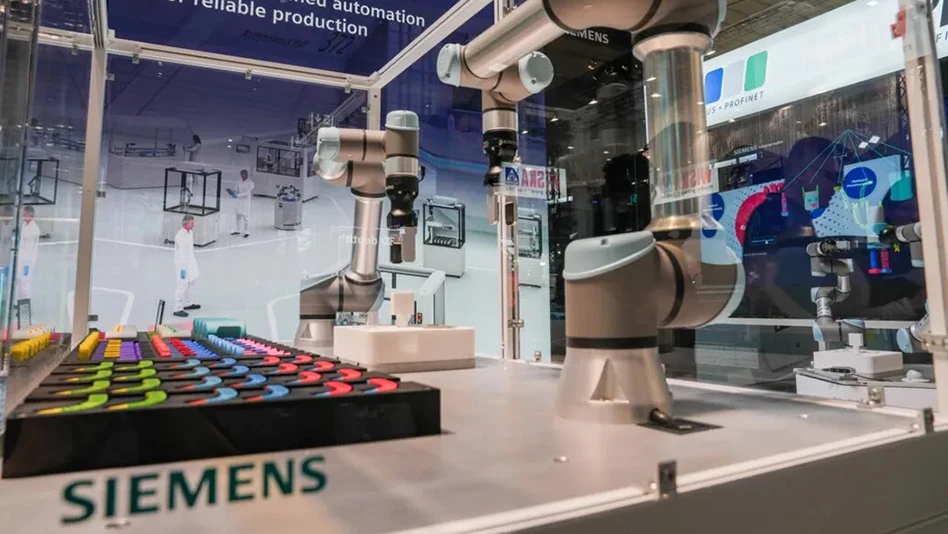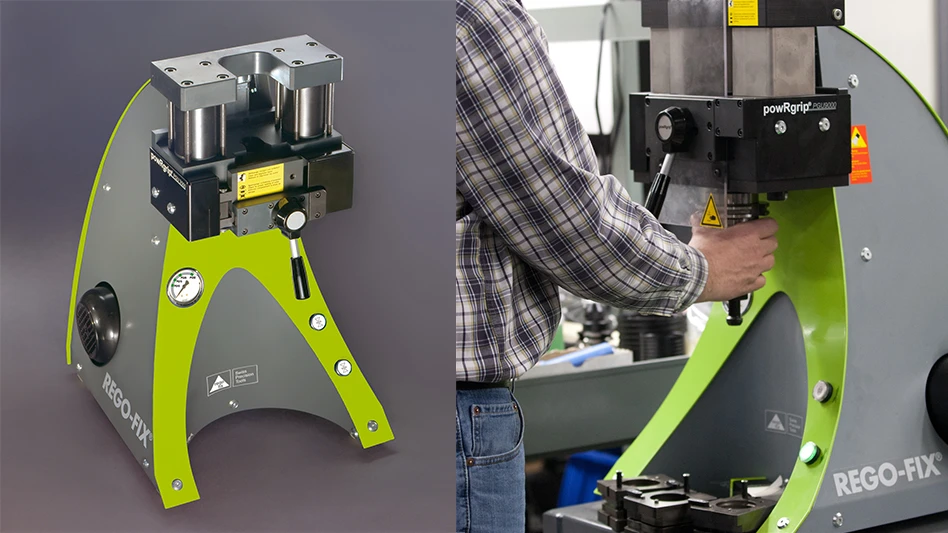
Advances in medical technology are reviving efforts to address the most challenging health issues. With increasingly sophisticated electronic and mechanical solutions, the demand is growing for manufacturers that can achieve superior precision and durability.
Closed-die aluminum forging is an ideal metal-forming process for external medical technology, such as prosthetics, braces, and machine valves. It’s a superior method for creating simple-to-complex parts with safe and effective functionality.
Advantages of forging
Forging, casting, and machining are metal-shaping processes with distinct benefits and applications. For the industrial production of precision metal components, closed-die forging has advantages over casting and machining.
In casting, powerful furnaces melt metal to a liquid state. Then the liquid metal pours into the cavity of a mold in the shape of the desired component. After cooling, the casting ejects from the mold.
Machining uses cutting and drilling machines to cut stock material into its final shape. Forged and cast parts are often machined to create perfectly flat surfaces or drilled holes. Machine shops can also fully shape components from stock material without the aid of other methods.
Forging shapes metal through heat and the application of force. In closed-die forging, a press opens and closes a die with a cavity matching the part's geometry. The force of the press closes the dies together, moving the heated billet into the shape of the part.
Compared with casting and machining, closed-die forging results in higher-strength parts with fewer defects and greater efficiency.
Strength
Most common metals form microscopic grains of tightly bonded molecules. The interaction between the grains drastically changes the performance of metal components. Forging produces a complex grain structure, making parts stronger than castings and machined components. In comparison, casting creates a random grain structure, and fully machined components have weak points where cutting tools slice the grain.
Quality
Forgings are less prone to faults than castings. In casting, turbulence from the molten metal pouring into the mold traps air. The trapped air creates pits and voids in the casting’s inner structure, which can threaten the part’s structural integrity. The forging process never melts the metal, eliminating any opportunity for these defects.

Speed
Forging can be a more efficient process for forming metal components. An efficient forge production line can quickly form components to near-finish part geometry. Forging components can also greatly reduce the machining necessary to create the final part.
The strength, quality, and production efficiency of forged components makes them superior to cast and machined parts. When made of aluminum, forgings have additional benefits for medical device manufacturing.
Why aluminum forging for medical devices?
For patient safety, manufacturers must produce medical devices with absolute precision. For example, prosthetics and brace joints have many moving parts that can cause significant discomfort if they don’t function properly. Medical machine valves can cause permanent injury, or even death, if they fail.
Closed-die aluminum forging is the ideal process for producing medical device parts. Aluminum forging meets the precise requirements for device strength, weight, and quality while ensuring speed to market.
Optimal strength-to-weight ratios
Aluminum forgings have unmatched strength-to-weight ratios. With a density one-third that of steel, aluminum alloys can provide similar strength and durability at one-third the total weight. This is true even when forming the most complex shapes.
Protection against wear
Medical components such as valves and other pressure connectors must maintain constant pressure. Failure to do so threatens patient safety. Aluminum forging produces superior material properties to other metal shaping processes, reducing wear and extending the life of components. When the forging process involves data-monitoring capabilities, it nearly eliminates the possibility of defects.

Efficient processing
Time savings is essential in medical manufacturing because slow production can cost lives. Aluminum forging and post-processing can help produce devices quickly. Forging production lines can process a component from billet to finished part geometry in seconds. The overall process is very efficient and greatly reduces the total lead time from raw material to the finished part.
Benefits of data-driven forging
Forging is one of the oldest metal-forming processes. Today, forging involves multi-ton presses, power hammers, and data-monitoring capabilities. Data-driven forging optimizes the age-old process by using sophisticated technology to monitor and control it from start to finish. Patients benefit from more consistent, higher-quality medical devices, while manufacturers enjoy time and cost savings.
Design engineering
Data-driven forging employs design engineering technology. Engineers use software applications to model the components’ external shape and internal structure, regardless of complexity. This enables collaboration with medical experts to produce the best part possible.
Through modeling, engineers can make recommendations to optimize the forged part for the most efficient processing. It also allows engineers to simulate the material flow in the forge tooling to predict and prevent unintended problems.
Cost & time savings
Another benefit of data-driven forging is the cost and time savings from near-net production. Near-net production is engineering a forging to be as close as possible to the final shape. It reduces material costs and manufacturing time, which lowers wait times and overall costs for medical devices.
Forged components come out of the die with a smooth surface finish formed in the final or nearly final shape. They may only require minimal machining to reach the final part design. Casting typically produces a rougher surface finish that may need secondary operations to reach the desired finish.
Consistent quality
Data also helps forging suppliers deliver consistent and high-quality products, with fewer part failures and patient complications.
Computer-driven forges and integrated monitoring systems can maintain consistent pressure and temperatures throughout production. By identifying and correcting possible process variation in the production line, forging technology minimizes lost products and maximizes equipment uptime.
Accurate, real-time data monitoring allows operators to react to process variation before parts go out of specification. Monitoring systems and extremely precise inspection tools catch unforeseen issues before defective parts are made.
With consistent parts free from defects, medical device manufacturers can feel confident they are minimizing patient complications. The failure or improper performance of a medical component can be catastrophic for a patient relying on a brace, prosthetic, or life-sustaining machine. Data-driven forgings help medical device manufacturers achieve near-perfect product consistency.
Anchor Harvey
https://www.anchorharvey.com
Get curated news on YOUR industry.
Enter your email to receive our newsletters.Latest from Today's Medical Developments
- Strengthening the defense maritime industrial base for national security, economic resilience
- Hacker-proofing smart implants
- Register now to learn solutions for high-temperature aerospace machining challenges
- Expertise on machining, joining offered in April’s Manufacturing Lunch + Learn
- Incredible Machine works on the Rube Goldberg principle
- FAULHABER’s metal planetary gearhead family
- Aerospace Industry Outlook - Spring 2025, presented by Richard Aboulafia
- World’s smallest pacemaker is activated by light






